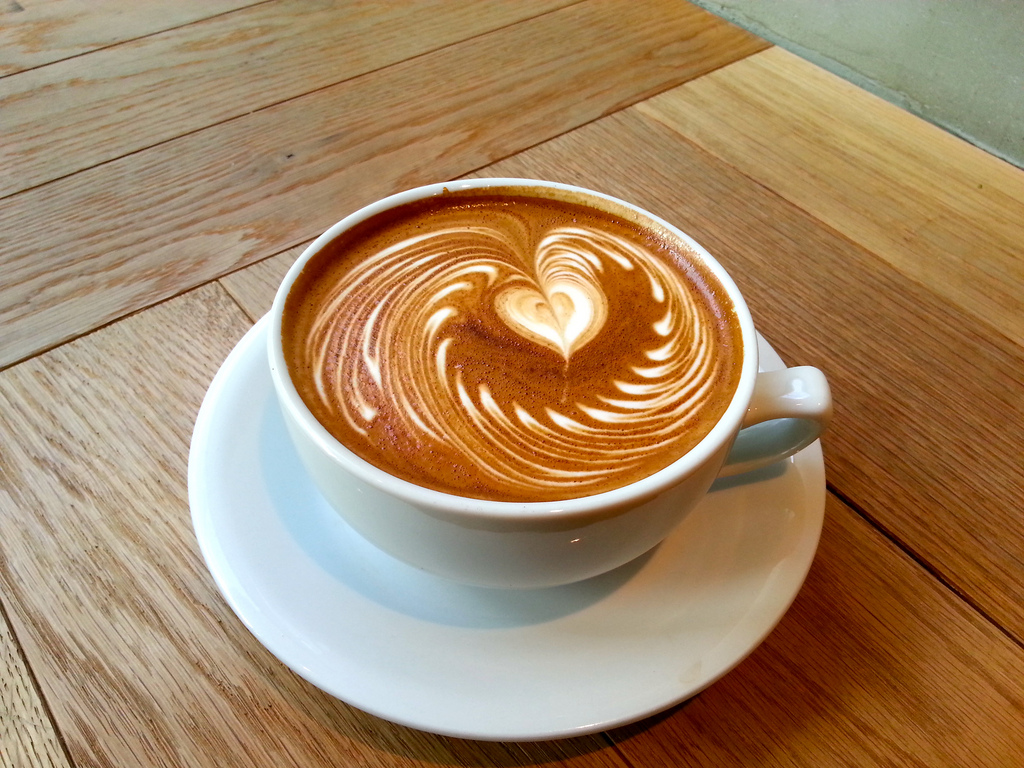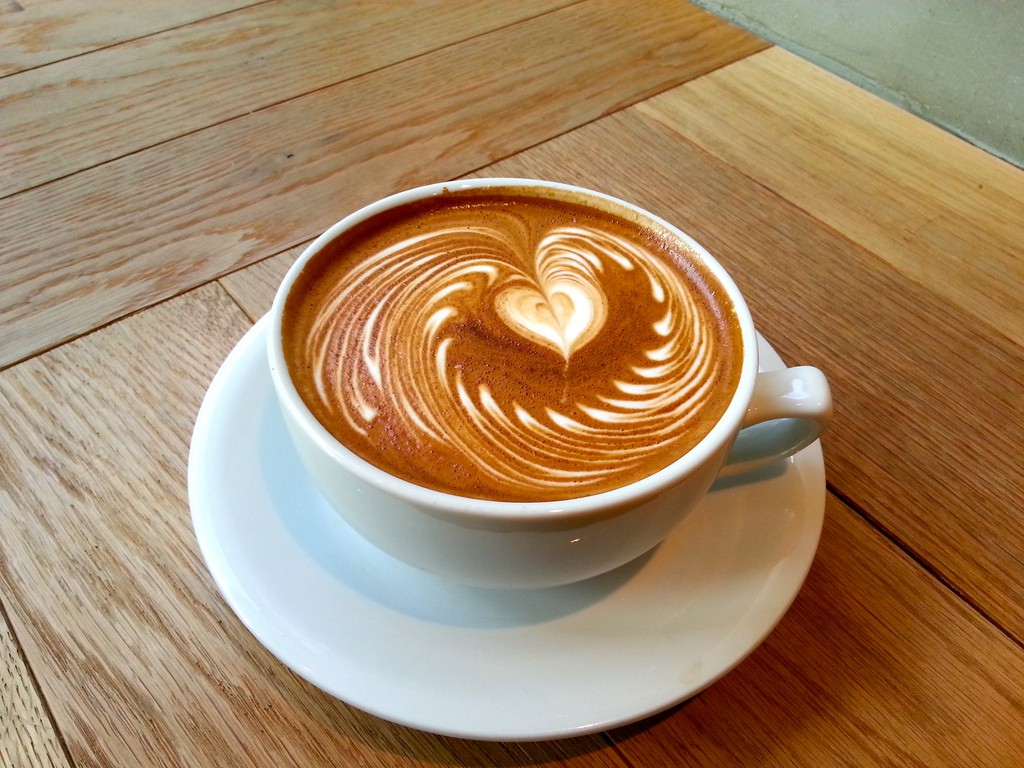My not so guilty pleasure is grabbing a coffee and a cake at a cosy café. Luckily, Glasgow provides me with a lot of specialty coffee bars. I fit perfectly into the group that by academia is named as creative or cognitive cultural class: highly educated and occupied with a creative or managerial job. They are – or I am – part of a wider process of gentrification: the upgrading of neighbourhoods in value and amenities through regeneration. Since I am exploring urban life, I recently developed an internal conflict. Inevitably I am more or less part of the ‘gentrifiers’, but I am also aware of the negative effects of this process. In this column, I will elaborate on this internal conflict.
Wherever you go in whatever city, you will find clues that lead you to areas that are showcases of the creative culture. Some cities try explicitly to attract people that are part of this development. If you believe Richard Florida, the creative class will lead the pack to a flourishing urban economy. Explaining this theory is beyond the scope of this column, so I will give a few examples of how the hipster culture can be recognised in Glasgow, and elaborate on its implications.
The creative class wants to distinguish itself. A lot of studies and theories around the concept of distinction exist, for example by Bourdieu. The most obvious ways in which distinction can be achieved, is in behaviour in general and in consumption patterns in particular. The places of consumption where this group in society likes to drink coffee or sip their beer can often be labelled with A-words: authentic, artisanal and artistic.
How do we distinguish the creative café from the ordinary bar? Often craftsmanship is highly valued in these places: the beer cafes have their own beer brand, and the coffee shops have a range of choices in coffee beans and specials. Your coffee is often finished with a nice figure in your milk foam, such as a leaf or a heart or even more complicated ones. Glasgow houses a lot of these kinds of places of consumption. On many occasions, to enjoy a coffee or a beer in those establishments is more about the spot than about a person’s knowledge about the products.
A city is obviously not hipster proof if it doesn’t host a specialty coffee festival. And that is what Glasgow has had over the last few years. The Glasgow Coffee Festival is dedicated to the celebration of the growing vibrant Scottish specialty coffee scene. The amount of adverbs is often a clue to creativity. The venue where this festival took place is indicative for the authentic component that is part of the hipster culture: the old Glasgow fish market. Bars and cafes readily adopt an industrial feel to their businesses, to add some authenticity to their brand. This sometimes clashes with the individuality that these establishments are trying to achieve, because in the end they all seem to look alike.
The problematic part of it all is the fact that cities and their governing bodies see the attraction of a creative class as a problem solving mechanism for a lot of societal problems. But it seems to deny the fact that society exists of a lot more groups than the creative, who deserve equal attention and amenities in every area. Amsterdam for example is so successful in attracting an affluent creative or middle class, that the inner city is becoming more and more expensive to live in for the average citizen. And London has also had an uprising against a ‘hipster café’. A process of displacement that leads towards a homogeneous population in certain neighbourhoods is taking place. And that is dangerous in a way, because some parts of the city are not perceived as accessible for every resident. Although I love my coffee, and Glasgow isn’t and may never end up the way Amsterdam has, it is good to be aware of your behavioural choices and how they influence urban life. Societal balance must not get lost.
By Rosa de Jong


